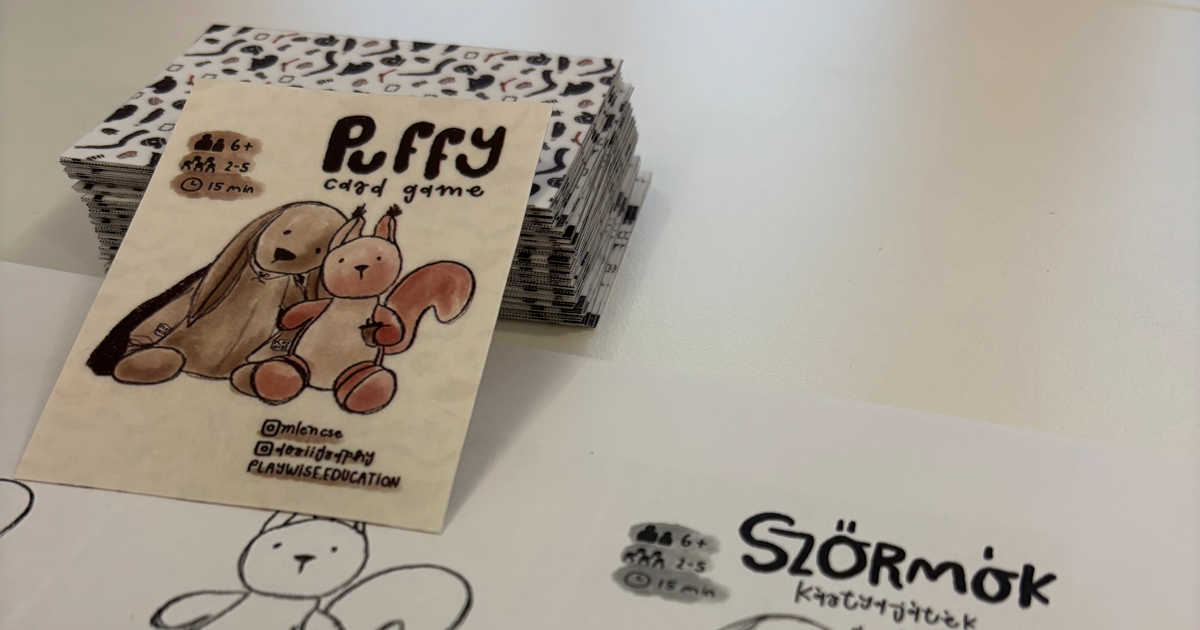When I was invited by DIA to co-create a board game with children and young people, I had some apprehension. We had already worked on a game together with DIA, so that part didn’t worry me—but how do you involve an entire camp full of kids? What can we actually do with a smaller group over the course of two days? How will this whole thing turn into a coherent game idea?
Since I had previously designed a card game to accompany their large-box debate game, this time we decided to create a dice game. At the camp, we began by working with the entire group — together with DIA’s graphic designer, who will also be responsible for the visual design of the board game.

Our first goal was to ease into the world of board game design. We held a simple debate on what kind of impact artificial intelligence might have on game design and graphic design professions. (Let’s just say we’re not in an easy position, but it’s not hopeless either.) After that, we collected feedback — both pros and cons — on DIA’s two previous games, with the aim of incorporating those insights into the development of the new game.
We began our small-group work (with 7 participants) by playing a variety of dice-based games, getting familiar with different game mechanics. Eventually, we picked two favorite games, took them apart, and started building the theme of debate culture development onto their mechanical elements. Our brainstorming and testing sessions went so well that by the end of a three-hour block, we had a working concept that featured many original ideas through tweaking existing mechanics. That afternoon, while watching over my one-year-old daughter’s nap, I put together the game rules so that the next day, during the session focused on graphic design, the group could already work with that version. I also made a few small edits on my own — fixing some obvious issues and adding minor tweaks that helped the game flow more smoothly.

We believe that working alongside practicing professionals was truly inspiring for the children and young people. Their enthusiasm carried all the way through to the graphic design stage — in fact, that’s where they really entered a state of flow. By the end, they had actually created a playable prototype of the game, which was far more than we had expected from just three days of work. Being part of this process was an incredible experience.

Of course, the game is not finished yet. Initially, I assumed that in the camp we would just pretend to design something, and that I’d need to start the entire process from scratch afterward — perhaps using the camp experience as inspiration at most. But instead, we ended up with a fully functional game concept that now simply needs further development.
In the coming months, we’ll continue refining the content together with DIA, the commissioning organization. Meanwhile, I’ll be polishing the mechanics, and the graphic designer will be working on the visual presentation. We’re aiming to start broader playtesting in the fall. That part is especially exciting, as the development team in the camp came from several different debate clubs — which means we’ll be able to distribute the game across various regions of the country, allowing a diverse group of children, teens, and adults to test it. We can’t wait to show the world what we’ve been working on.




